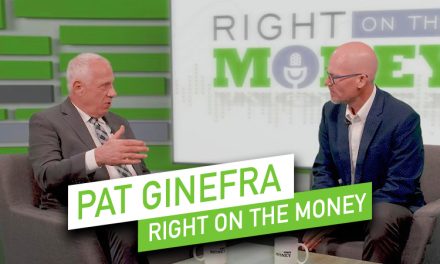Investors find comfort in annuity guarantees amid the decline of traditional pension plans.
The recent growth of annuity sales, particularly the fixed index type, can be traced to investors’ desire to create their own pension plan, and fears that abrupt market losses would leave little time for accounts to recover.
A variety of features make fixed income annuities attractive to investors considering retirement, but one underlying statistic may be behind their motivation to create their own pension plan.
According to a post by the Economic Policy Institute in January, 2013, the number of private-sector employers offering a defined benefit plan dropped by nearly half between 1990 and 2010, from 35% to 18%, meaning that fewer than one in five such companies offer what was once a staple of employee compensation.
To counter what is likely the irreversible disappearance of pension plans, investors have taken more responsibility through 401(k) plans and other retirement-focused investments. Annuity buyers are taking comfort in fixed index annuities’ considerations and rewards, among them:
• Baby Boomer investors who did not recover from the effects of 2008 until 2015, only to be rocked again in early 2016, fear that a recurrence will not leave time for another recovery.
• Buyers are okay with partially participating in gains when indexes rise, in exchange for no losses in years when indexes fall. Cap rates are typically 3% – 5%, and a 10% index rise may yield a 5% account appreciation, and excludes dividends.
• Investors can choose monthly or annual time horizons, with the flexibility to change on anniversary dates.
• Consumers overwhelmingly approve of the S&P 500 as the most commonly used index for annuity and life insurance products. By some accounts, more than 72% of consumers tie their investments to this well-established gauge.
• Fixed index annuities can be held in either a qualified or non-qualified account, and the annuity principal is often established in a qualified plan by converting mutual funds.
• Annuity contract balances grow tax-deferred, and gains are taxable as ordinary income following distribution. The principal is tax-exempt.
A guaranteed lifetime income rider is often the most attractive feature of a fixed income annuity. Beginning at a designated age, a monthly or annual distribution is made to the contract holder through their lifetime, regardless of duration. For example, a 5% payout on $500,000 would yield $25,000 annually from the date of the first distribution until death.
Additionally, distributions are guaranteed, even if the contract’s cash balance depletes.
These distributions can be viewed as “personal profit-sharing” and can offset the absence of a traditional pension.
Many investors are new to asset distribution following a lifetime of accumulation, and are reminded that annuity products are only as good as the provider’s reliability to satisfy a long-term contract. Accordingly, buyers are urged to research the issuing insurance company by multiple measures prior to making a purchase.
Syndicated financial columnist Steve Savant interviews top retirement specialists in their field of expertise. In this segment we’re talking to retirement specialist David Lipscomb. Right in the Money is a financial talk show distributed in daily video press releases to over 280 media outlets and social media networks.





